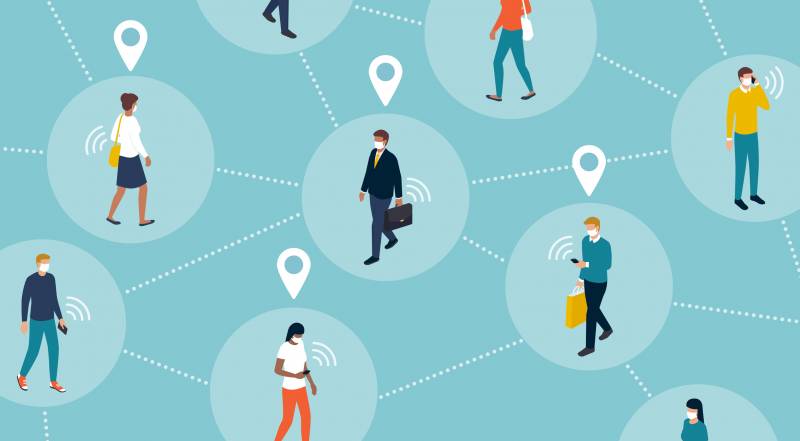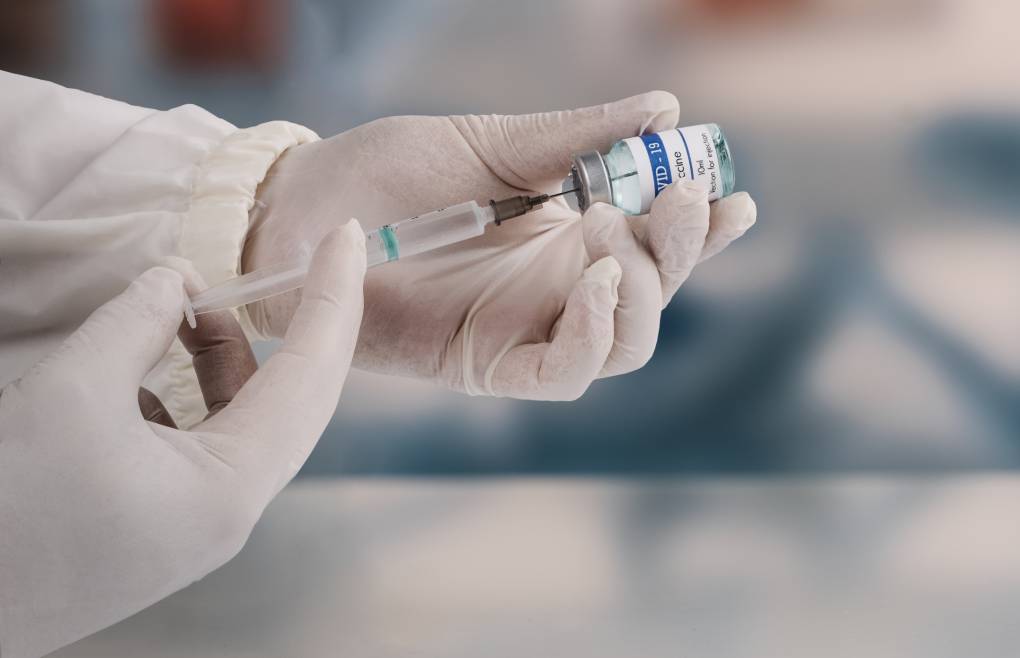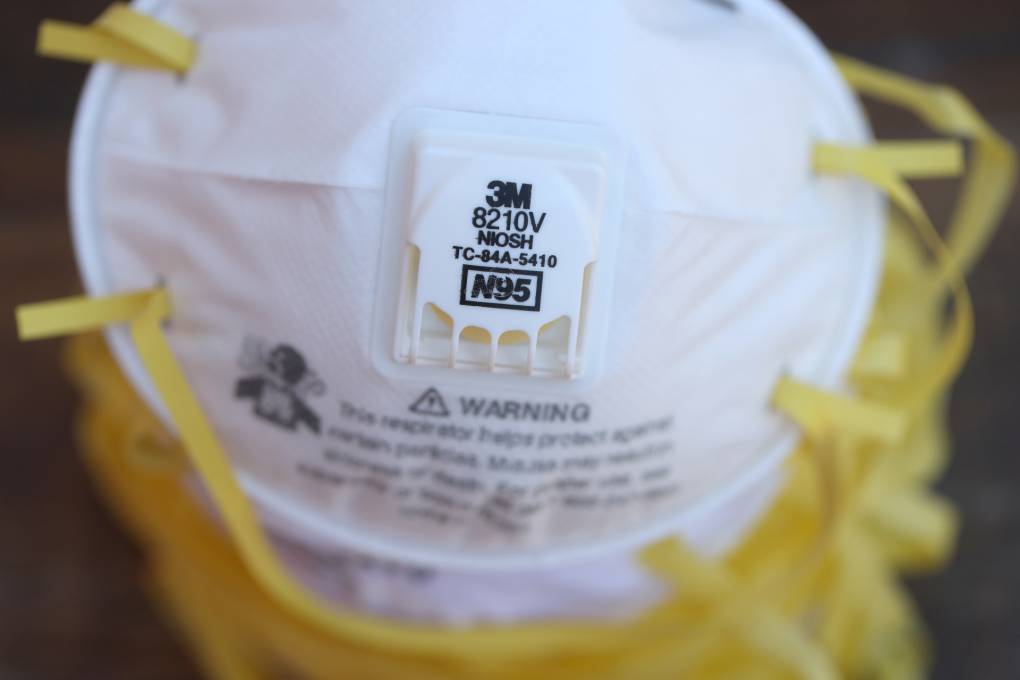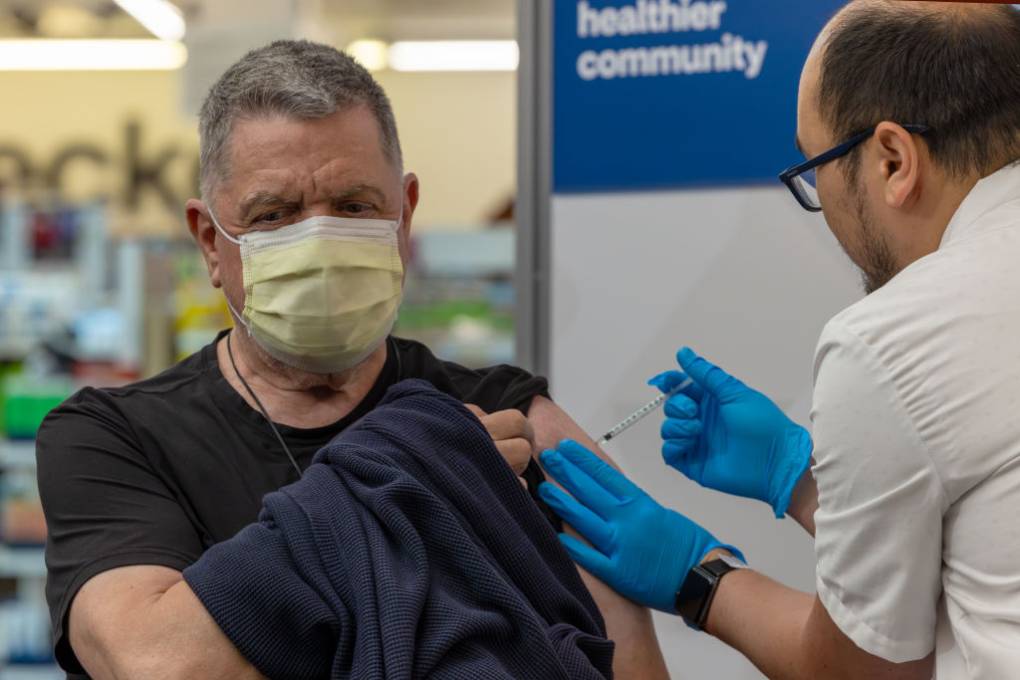In Long Beach, every case initially was tracked. But then people kept getting sick, with most of the deaths in long-term care facilities. So, as people sheltered in place, contact tracing didn’t have to be as extensive.
“Now we’re to the point where we have more than 400 cases, and we’re really focusing on our health care worker cases, and our cases in our long-term care facilities,” said Emily Holman, communicable disease controller for the city’s health department.
Tracing contacts of people in long-term care facilities is different than in the community at large. Instead of focusing on reconstructing a web of contacts, the aim is to rapidly identify and separate infected and potentially exposed people from healthy people. Speed is key, so if someone’s symptomatic, they’re treated as a case, even with no test results.
“Every minute in those facilities can be crucial and could prevent an exposure,” Holman said.
Staffing up
Former CDC Director Tom Frieden called for an army of more than 300,000 contact tracers in an interview with STAT. And current CDC head Robert Redfield announced plans to hire 650 more public health personnel, including to help with contact tracing, the Washington Post reported.
Local health departments have been bolstering their workforces on their own. San Francisco plans to recruit and train as many as 150 people to conduct contact tracing, including librarians, city attorney staff and medical students.
Alameda County also has ramped up from just seven staff investigating cases of communicable disease to 60 people assigned to the coronavirus — including 18 who follow up with contacts. As the epidemic progresses, “we anticipate deploying as many as 300 staff for contact tracing,” said Nicholas Moss, acting director of Alameda County’s Public Health Department.
Sacramento County is working to expand its six-person team to 30 by recruiting from other departments and training medical students to work with people who are homeless.
“We’re hoping that based on the modeling that’s occurring, that we will be ready — and actually, we’re hoping that there won’t be another wave,” said Public Health Officer Olivia Kasirye.
Is there an app for that?
Some counties are looking to technological help. San Francisco, for instance, is training its contact tracers to use a platform that Grant Colfax, director of public health, called “an integral part of our efforts going forward.”
The platform, developed by a software company called Dimagi, is not an app that people can download to their phones. Instead, it’s a web portal that public health workers can use to keep tabs on people with infections, list their contacts and keep in touch.
Apple and Google also have proposed tracking people’s proximities using Bluetooth. Newsom has said the state is vetting various technologies.
But Alameda County’s Moss is cautious about protecting the privacy of residents.
“We want to make sure that any technological tool we employ where people’s health information is going to be input, that there are adequate safeguards for privacy,” Moss said. Plus, the app has to be easy to use, and it has to produce the data needed to keep tabs on the virus’ spread.
Eric Sergienko, Mariposa County’s health officer, worries that if each local health department ends up using different software, it might be hard to trace contacts that cross county lines.
That’s where Sergienko hopes the state steps in and standardizes the platform California’s counties use. “What can the state do for us? Just by finding the best one,” he said.
State Health and Human Services Secretary Mark Ghaly said that California will need 10,000 more contact tracers as it modifies its stay-at-home order. Between 2,000 and 3,000 people could test positive per day. And each of them could have 10 contacts, he said.
California might not have needed to push quite so hard to ramp up during the crisis if it had funded enough public health workers to begin with. “We’ve been seeking increased funding for years,” said Kat DeBurgh, executive director of the Health Officers Association of California.
More trained health workers could be important in fending off the next pandemic.
“By having these trained contact tracing public health workers, we can actually prevent infections, prevent the severe disease from happening in the first place,” said Lee Riley, a professor of epidemiology and infectious diseases at the UC Berkeley’s School of Public Health.
“But right now, everything that we’ve been doing is just reactive to what’s already happened.”
CalMatters.org is a nonprofit, nonpartisan media venture explaining California policies and politics.











